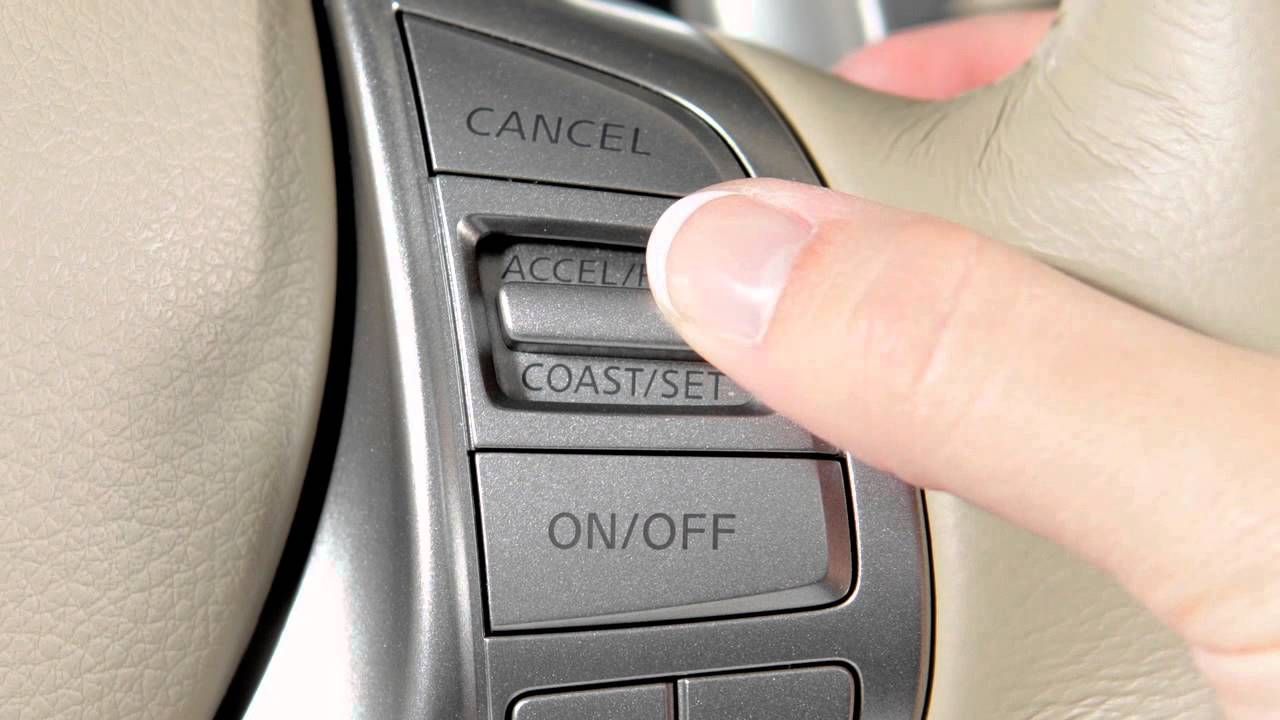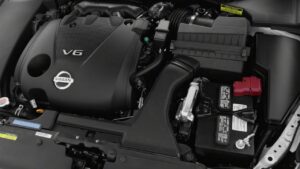How to efficiently turn on the heat in your Nissan Altima with ease. Follow simple steps to locate and activate the heat controls, adjust temperature and airflow, utilise the defrost function, troubleshoot common issues, and maintain the heating system for a comfortable driving experience in cold weather.
Your Nissan Altima’s Heating System
Before we delve into the specifics of turning on the heat in your Nissan Altima, it’s essential to have a basic understanding of how the heating system works. The heating system in your Altima operates by utilising engine coolant to generate heat, which is then transferred to the cabin through a series of vents.
Step-by-Step Guide to Turning On the Heat
Turning on the heat in your car during cold weather is essential for comfort and safety. Here’s a step-by-step guide to help you through the process:
- Start your engine and let it idle for a moment to warm up.
- Locate the climate control panel on the dashboard or centre console.
- Adjust the temperature dial or press the temperature buttons to increase the heat to your desired level.
- Ensure all doors are closed, and windows are rolled up to retain warmth effectively.
You can quickly switch on the heat in your car and stay warm while driving by following these easy instructions.
Start Your Vehicle
Start your Nissan Altima by inserting the key into the ignition and turning it clockwise. Alternatively, if your Altima has keyless ignition, press the start button.
Adjust the Temperature Control
Locate the temperature control knob or button on your Altima’s dashboard. This control allows you to adjust the desired temperature inside the cabin. Turn the knob or press the button to set the temperature to your preference. For maximum heat output, set the temperature to the highest setting.
Select the Ventilation Mode
Next, choose the ventilation mode that you prefer. Most Nissan Altimas offer several ventilation options, including defrost, floor, and combination settings. Select the mode that best suits your comfort needs and driving conditions.
Adjust the Fan Speed
After selecting the ventilation mode, adjust the fan speed to your liking. The fan speed control allows you to increase or decrease the airflow inside the cabin. For faster heating, set the fan speed to a higher setting.
Allow Time for Heating
Once you’ve adjusted the temperature, ventilation mode, and fan speed, allow some time for the heating system to warm up fully. Depending on the outside temperature and the initial condition of your vehicle, it may take a few minutes for the cabin to reach your desired temperature.
Fine-Tune as Needed
Finally, fine-tune the settings to maintain your desired comfort level throughout your drive. Adjust the temperature, ventilation mode, and fan speed to ensure optimal heating performance.
Tips for Maximising Heating Efficiency

- Keep Your HVAC System Well-Maintained: Regular maintenance, including replacing air filters and checking for leaks or malfunctions, can help ensure your heating system operates efficiently.
- Park in Sheltered Areas: Whenever possible, park your Nissan Altima in a sheltered or covered area to minimise heat loss and maximise warming efficiency.
- Use Seat Warmers: If your Altima is equipped with seat warmers, consider using them with the heating system for added comfort.
- Consider Remote Start: Investing in a remote start system allows you to start your vehicle and begin heating the cabin before you even step outside, making for a more comfortable experience on cold mornings.
Troubleshooting Common Heating Issues
When it comes to Troubleshooting Common Heating Issues in your home, a few simple steps can often resolve the problem. Make sure the thermostat is set correctly by first checking the settings. Next, inspect the air filter for any dirt or blockages, as a dirty filter can restrict airflow and affect heating efficiency.
If your system still isn’t working properly, Check to see if the circuit breaker has tripped by looking at it. To allow for appropriate airflow, ensure all vents are open and clear of obstructions. It might be necessary to seek further assistance from a qualified HVAC specialist if these measures fail to resolve the problem.
While turning on the heat in your Nissan Altima is usually a straightforward process, you may encounter some common issues:
Lack of Heat
If your car isn’t producing enough heat, Low coolant levels, a broken thermostat, or a broken heater core could be the cause.
Weird Smells or Noises
Strange smells or noises from the heating system could indicate mould buildup, a clogged air filter, or a failing blower motor.
Conclusion
Turning on the heat in your Nissan Altima is an easy way to improve your driving experience. You can ensure that you have a warm and comfortable ride every time you hit the road by becoming familiar with the heat controls and following these instructions.
FAQ
How do I Turn My Car AC on For Heat?
As a result, most cars should always have the air conditioning on (even in the cold). The majority of cars are built with the A/C and heating working simultaneously. The evaporator coil (beneath the dash) removes moisture from the air, and the A/C compressor is activated when the heater and A/C are run together.
How Do You Heat a Nissan?
Before you leave home or work, log in to the My NISSAN app to remotely check, schedule or set your vehicle’s cabin temperature so it’s comfortable before you step in. You may check or adjust the interior temperature of your car using the Remote Climate Control feature through Nissan Connect Services on the My NISSAN App.
How Do I Turn My AC Into a Heater?
Turn your thermostat from “cool” to “heat” after adjusting it to the desired temperature. Along with the A/C fan shutting off, there should be a distinct “click” as the furnace fires up and gas starts to enter your heater. Give your device thirty seconds or so to accomplish this.
What Controls Car Heat?
Heat from the engine is transferred through the radiator to the heater core, which functions as a heat exchanger. It allows coolant to flow through it, which is controlled by the heater control valve. The gadget begins to warm up as coolant transfers engine heat into the heater core.
What is the Best AC Setting For Heating?
During winter, the ideal efficient temperature setting is between 18-20°C. Ultimately, the ideal temperature setting comes down to your comfort and preference.



